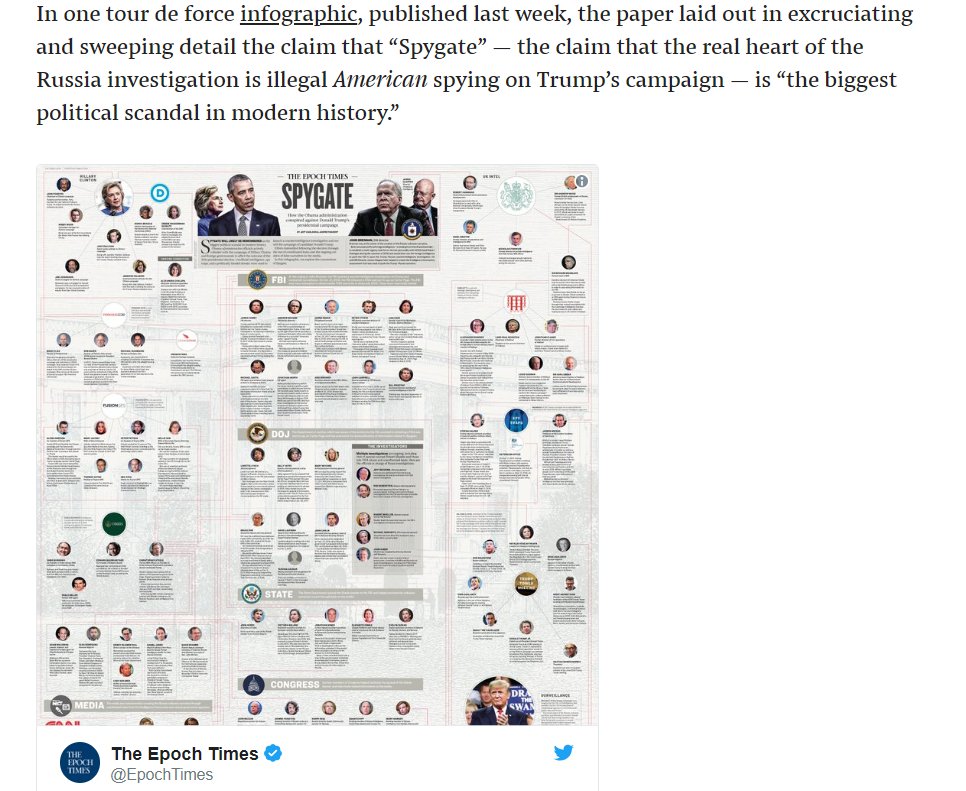Lots of software talks about money, keeps records about money, does calculations about money, but can't *touch* money.
One of the big promises of software is composability. You can build rich, powerful experiences out of basic building blocks.
APIs add new things to the toolbox. For example: Treasury, which lets an app/platform store, move, and track a business’
Lots of software talks about money, keeps records about money, does calculations about money, but can't *touch* money.
So you generally push work to the operator.
You need to be able to read bank transactions to reconcile. You probably can't. The owner can. So you ask the owner to do mind-numbing work a computer does better.
There is some software to write but it is not rocket science.
But let me speculate a bit:
They can automate its operations.
https://t.co/fMOqHh2Tlv
We made it *better* for your users than many business bank accounts.
"When do I get my money?"
Can you imagine needing to email Google to ask when that email that you know was sent will arrive?
Why is money *so slow* and *so opaque*?
In the U.S., you’ll often be blocked on the ACH network. Fast compared to stagecoach; slow compared to email.
Stripe has an arrangement with the banks that ultimately hold the business users’ funds.
(We are working on making that even faster by default. It’s not called HTTP 200 Check Back In An Hour.)
Putting together fintech products is historically a pain in the keister.
Then your engineering team receives the spec, and the *real* fun begins.
No negotiation required. No bespoke legal work. More of the necessary levels of complexity in touching money businesses depend on; less of the overhead.
You can build all of that on Stripe APIs now.
AAAAAAAARGH.
It is managed at most banks as an offshoot of personal banking, because the userbase is basically the same people who show up at the branch.
But the needs are quite different.
(Narrator: This is not, in fact, an adequate spec for a checking account.)
So do graveyards. And hotels. And landlords. And spas. And tutors. And yoga teachers. And...
Not enough dentists pay not enough dollars for banks to put software teams against dental practice UX.
We can then take that package to leading banks. That reach is *very interesting* to them.
A pizzeria can't walk into Goldman Sachs and walk out with a bank account.
A software company serving pizzerias could if they had, uh, a lot of dough.
And so our partner banks have made great products available, at pricing and terms that small businesses just don't usually get in direct banking relationships.
I know exactly how many times I paid the $14 account maintenance fee for my software businesses, ten years later. That’s how much I hated them.
One way to think of it is that banks have huge expenses to attract SMB deposits, including marketing campaigns and branch networks, and those drive the pricing of SMB banking.
Nationwide advertising, branches, and sales reps aren’t as cheap as cron jobs.
I'm very excited to see what software people do with the Stripe Treasury.
No. This was my number two. You're welcome to your guess at the number one. (Though, who knows, I heard of a new project last week and might steal the zeroth spot for it.)
https://t.co/osjjx8gNM0
Part of the needle threading is making sure that one is still developing some things which are uniquely exciting to developers and smaller shops.
— Patrick McKenzie (@patio11) September 23, 2020
Which: I can\u2019t spoil it, but one thing in the pipeline is maybe my favorite Stripe product since Stripe Atlas if we do it right.
More from Patrick McKenzie
If everyone was holding bitcoin on the old x86 in their parents basement, we would be finding a price bottom. The problem is the risk is all pooled at a few brokerages and a network of rotten exchanges with counter party risk that makes AIG circa 2008 look like a good credit.
— Greg Wester (@gwestr) November 25, 2018
The benign product is sovereign programmable money, which is historically a niche interest of folks with a relatively clustered set of beliefs about the state, the literary merit of Snow Crash, and the utility of gold to the modern economy.
This product has narrow appeal and, accordingly, is worth about as much as everything else on a 486 sitting in someone's basement is worth.
The other product is investment scams, which have approximately the best product market fit of anything produced by humans. In no age, in no country, in no city, at no level of sophistication do people consistently say "Actually I would prefer not to get money for nothing."
This product needs the exchanges like they need oxygen, because the value of it is directly tied to having payment rails to move real currency into the ecosystem and some jurisdictional and regulatory legerdemain to stay one step ahead of the banhammer.
More from Software
Here are some Google Chrome extensions that can make you better in 2021. 🔥🍀
(Thread) 🧵👇
1. https://t.co/zGir5E5U0J: https://t.co/PVx1wlX0Se is the easiest way to stay updated on the latest programming news. Get the hottest dev news from the best tech blogs on any topic you can think of.
2. CSS Peeper: CSS Peeper is a CSS viewer tailored for Designers. Get access to useful styles with our Chrome extension. Its mission is to let Designers focus on design, and spend as little time as possible digging in a
3. UX Check: UX Check makes heuristic evaluations quick and easy. The extension will open up Nielsen's Ten Heuristics in a side pane next to your website.
4. Checkbot: Checkbot finds critical SEO, speed & security problems before your website visitors do
Tests 100s of pages at once for broken links, duplicate titles, invalid HTML, insecure pages, and 50+ other
You May Also Like
Funny there are those who think these migrant caravans were a FANTASTIC idea that's going to take the immigration issue away from you.
— Brian Cates (@drawandstrike) November 26, 2018
Like several weeks watching a rampaging horde storm the fences & throw rocks at our border patrol agents & getting gassed = great optics!
This media manipulation effort was inspired by the success of the "kids in cages" freakout, a 100% Stalinist propaganda drive that required people to forget about Obama putting migrant children in cells. It worked, so now they want pics of Trump "gassing children on the border."
There's a heavy air of Pallywood around the whole thing as well. If the Palestinians can stage huge theatrical performances of victimhood with the willing cooperation of Western media, why shouldn't the migrant caravan organizers expect the same?
It's business as usual for Anarchy, Inc. - the worldwide shredding of national sovereignty to increase the power of transnational organizations and left-wing ideology. Many in the media are true believers. Others just cannot resist the narrative of "change" and "social justice."
The product sold by Anarchy, Inc. is victimhood. It always boils down to the same formula: once the existing order can be painted as oppressors and children as their victims, chaos wins and order loses. Look at the lefties shrieking in unison about "Trump gassing children" today.



























